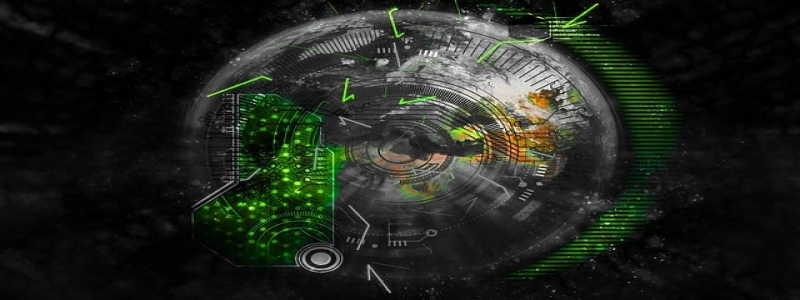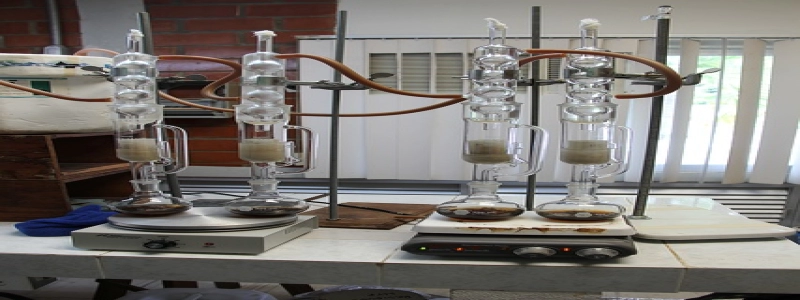splicing fiber optic cable training
Introduction:
In this article, we will provide a comprehensive guide on splicing fiber optic cables. Fiber optic cables are used to transmit data at high speeds over long distances with minimal interference. However, to ensure optimal performance, proper splicing techniques are crucial. This training will cover the necessary steps and techniques involved in splicing fiber optic cables.
I. Importance of Splicing Fiber Optic Cables:
A. Maintaining Signal Integrity: Splicing allows for the seamless connection of two fiber optic cables, preventing any loss or degradation of signal strength.
B. Extending Cable Length: Splicing allows technicians to connect multiple fiber optic cables to achieve longer transmission distances.
C. Repairing Damaged Cables: Splicing is essential for repairing fiber optic cables that have been damaged or cut.
II. Tools and Equipment Required:
A. Fusion Splicer: This machine is used to fuse two fiber optic cables together. It ensures a strong and reliable connection.
B. Fiber Cleaver: The cleaver is used to cleanly cut the fiber optic cables before splicing.
C. Fiber Optic Strippers: Strippers are used to remove the protective coating of the fiber optic cables, exposing the inner fibers.
D. Alcohol and Cleaning Wipes: These are used to clean the ends of the fibers before splicing.
III. Step-by-Step Guide to Splice Fiber Optic Cables:
A. Preparation:
1. Ensure a clean and dust-free work area.
2. Gather all the necessary tools and equipment.
3. Identify and sort the fiber optic cables to be spliced.
B. Stripping the Cables:
1. Use the fiber optic strippers to carefully remove the protective coating from the ends of the cables.
2. Clean the newly exposed fibers with alcohol and cleaning wipes to remove any impurities.
C. Cleaving the Fibers:
1. Use the fiber cleaver to make a clean and precise cut on the fiber optic cables.
2. Ensure the cut is perpendicular and flat to avoid any signal loss during the fusion process.
D. Fusion Splicing:
1. Place the prepared fiber ends into the fusion splicer, aligning the cores of the fibers.
2. Activate the fusion splicer to melt and fuse the fibers together.
3. Allow the fusion splicer to cool and solidify the connection.
E. Testing the Splice:
1. Use an optical power meter or an OTDR (Optical Time-Domain Reflectometer) to measure the loss of signal strength across the splice.
2. If the loss is within acceptable limits, the splice is successful. Otherwise, repeat the splicing process.
IV. Best Practices for Splicing Fiber Optic Cables:
A. Cleanliness: Maintaining a clean and dust-free environment is crucial to prevent any damage to the fibers during splicing.
B. Accuracy: Precise cleaving and alignment of the fibers are necessary for a reliable splicing connection.
C. Careful Handling: Fiber optic cables are fragile, so they should be handled with care to avoid any bending or breaking.
Conclusion:
Splicing fiber optic cables is a vital skill for technicians working with fiber optic networks. This training has provided a detailed overview of the importance of splicing, the tools required, and a step-by-step guide for splicing fiber optic cables. By following best practices and employing the proper techniques, technicians can ensure optimal performance and reliability in fiber optic networks.







